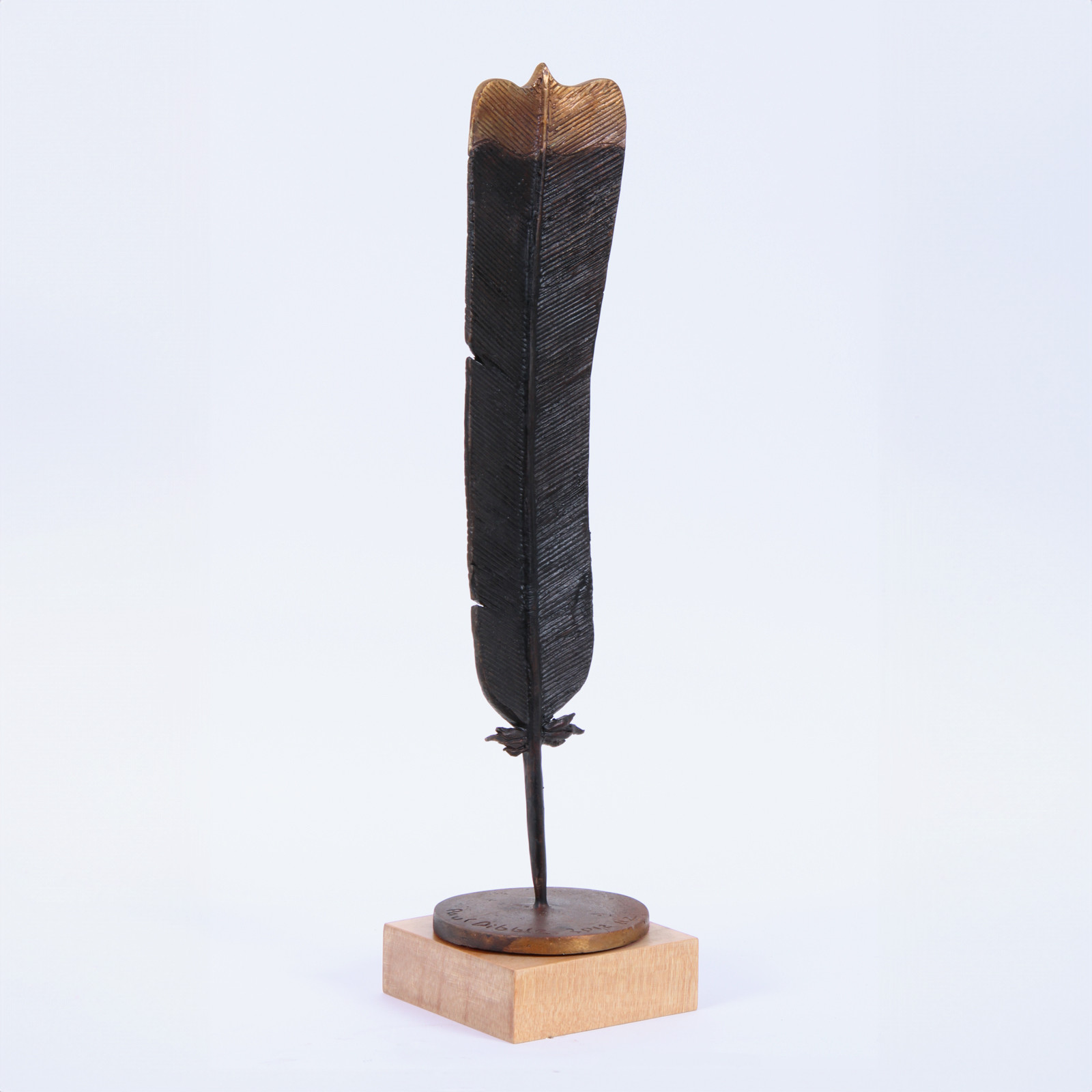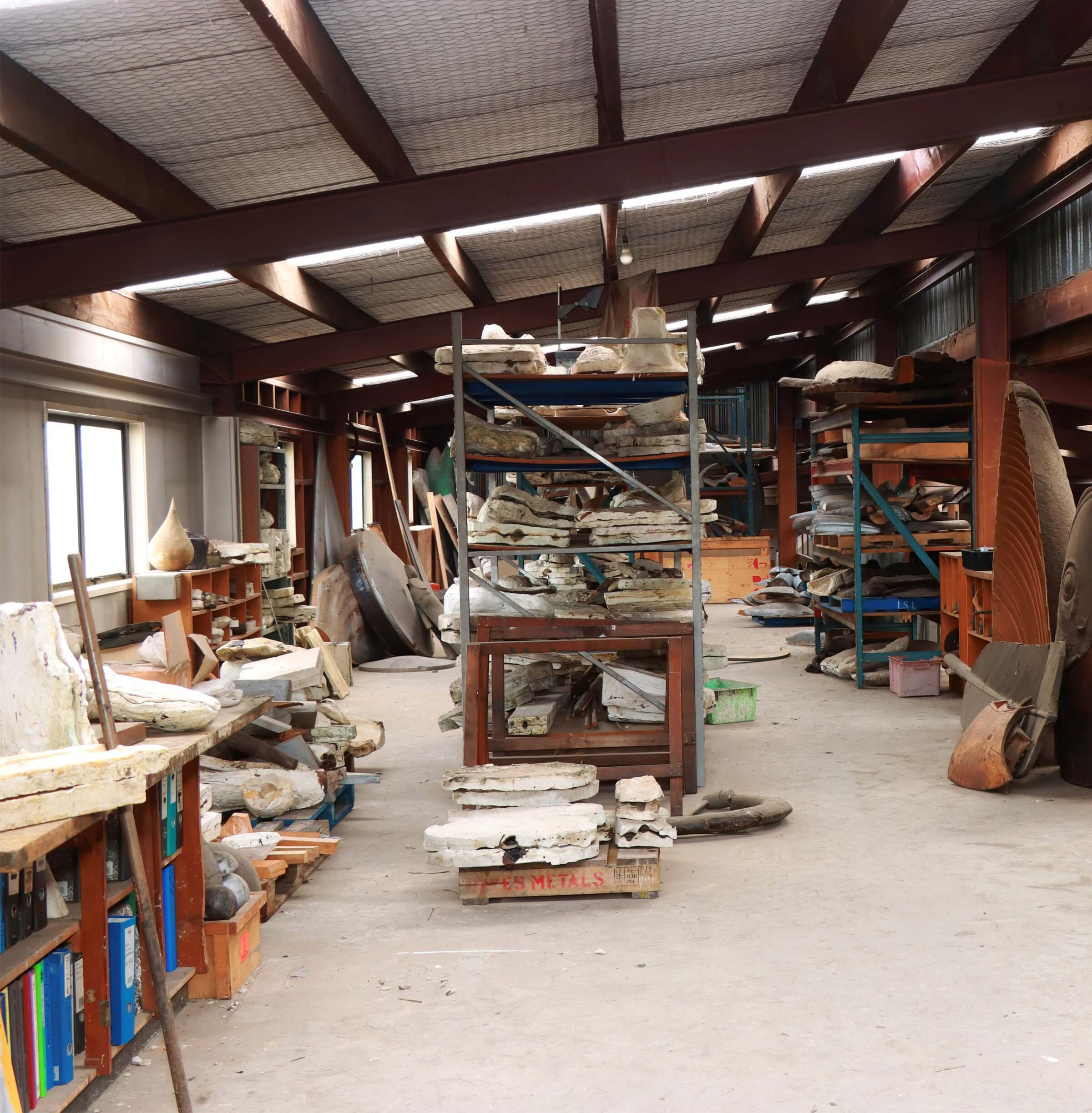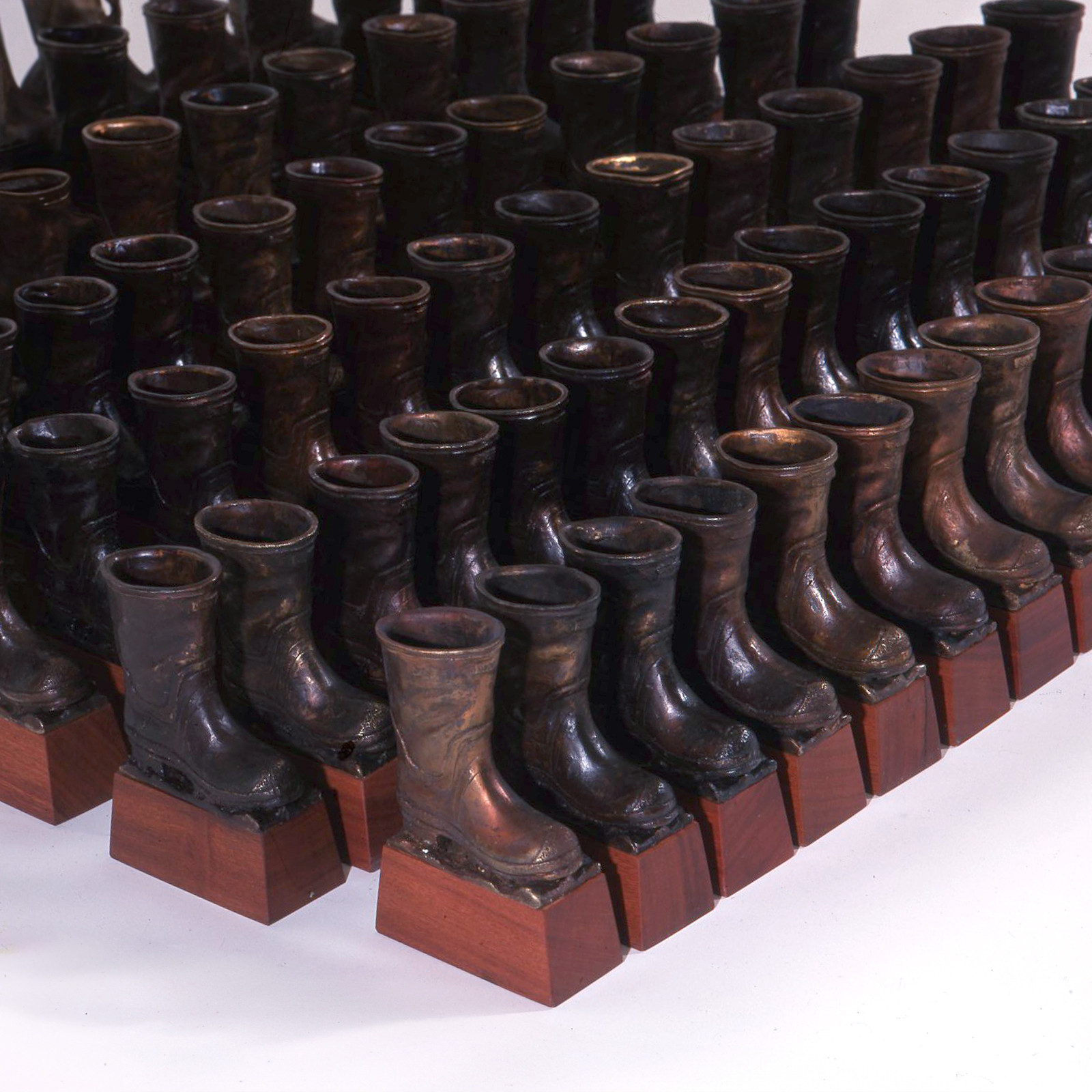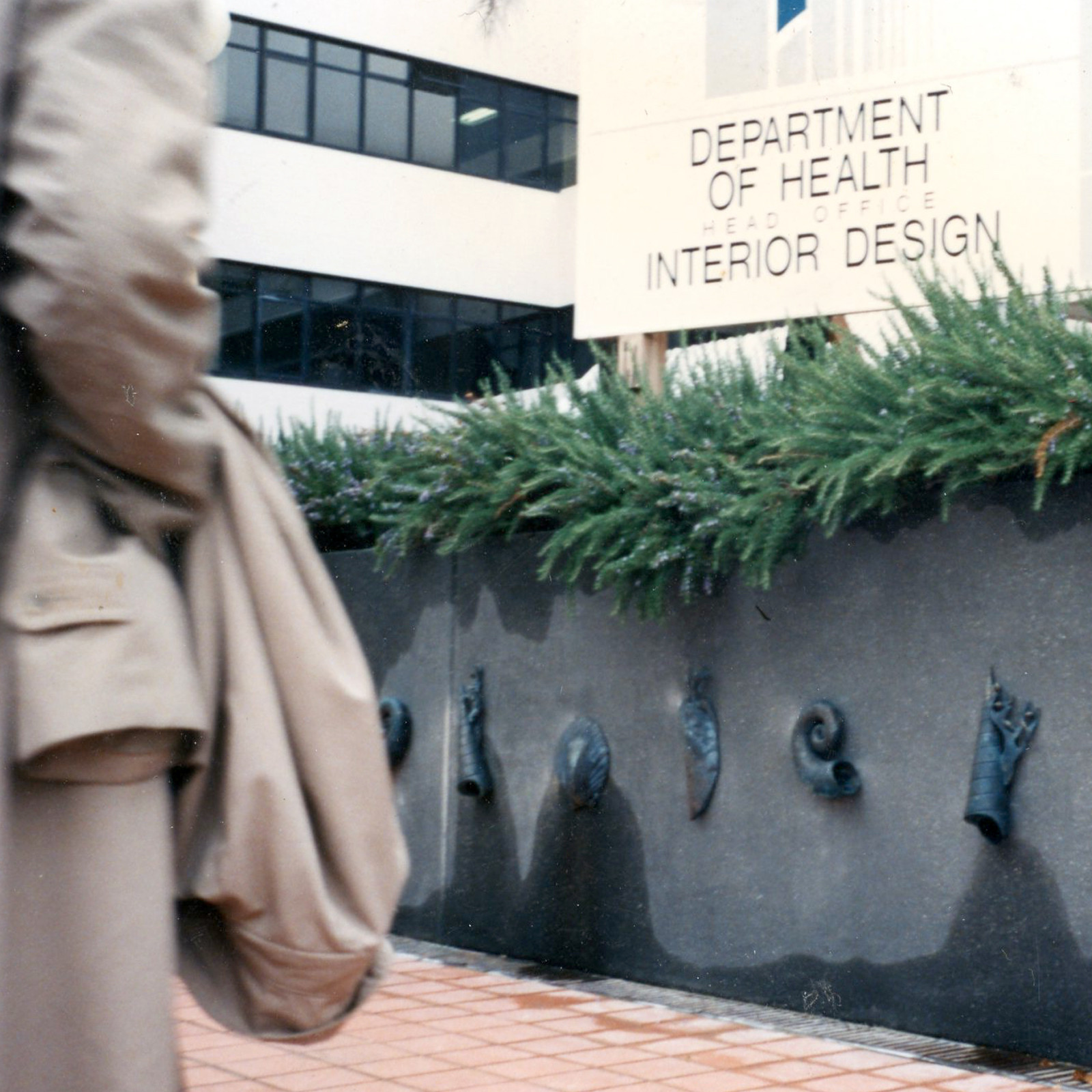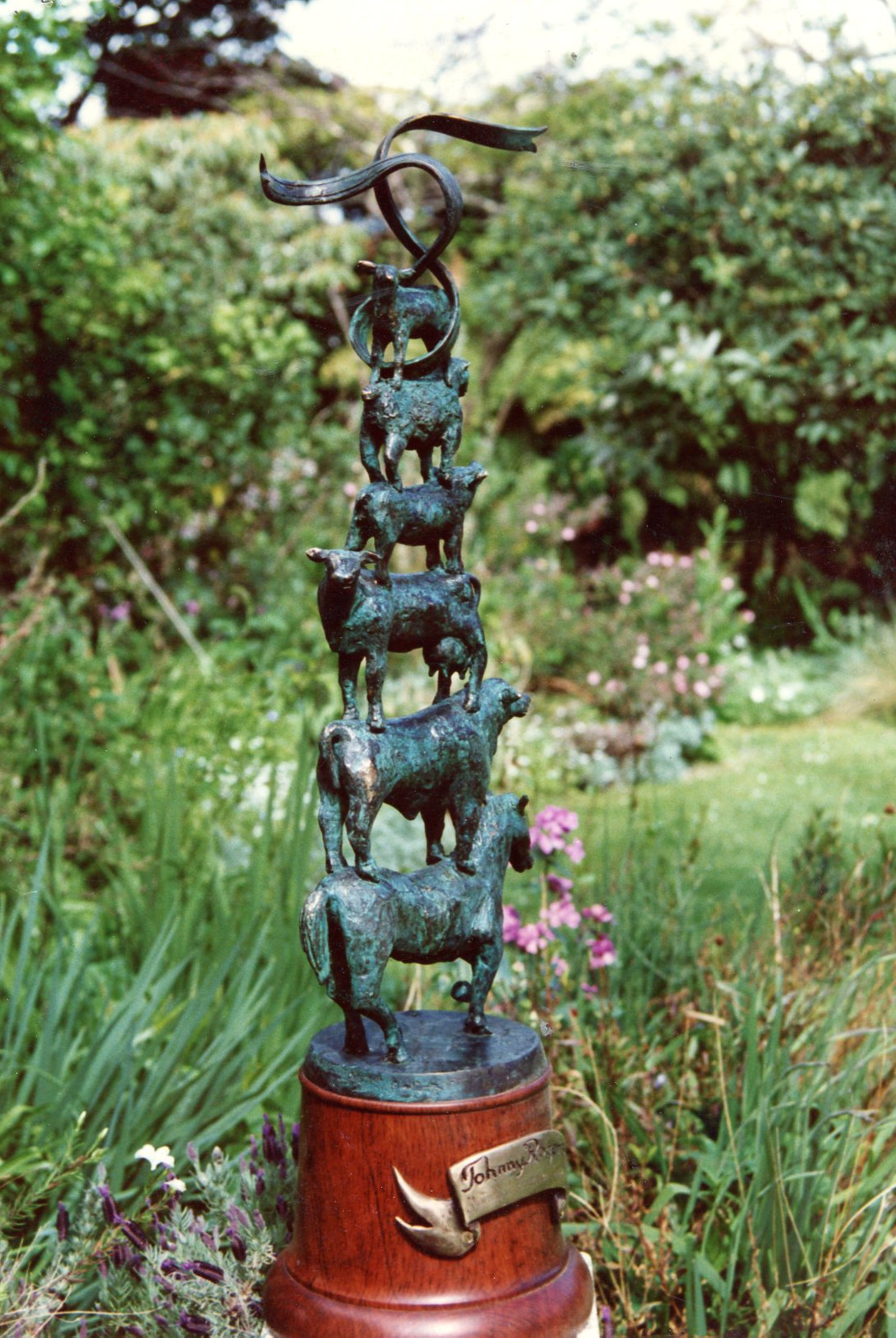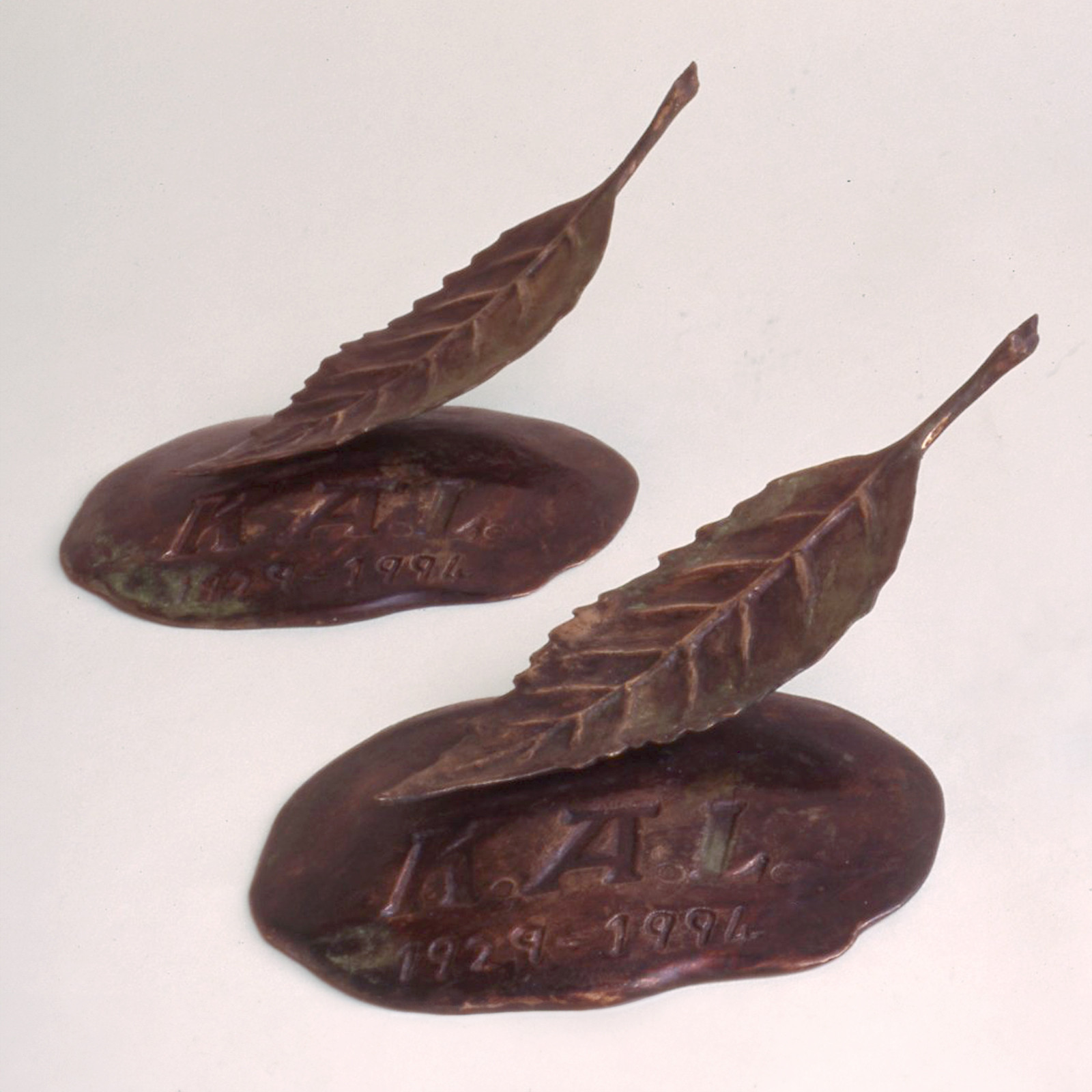Project Works
Project Works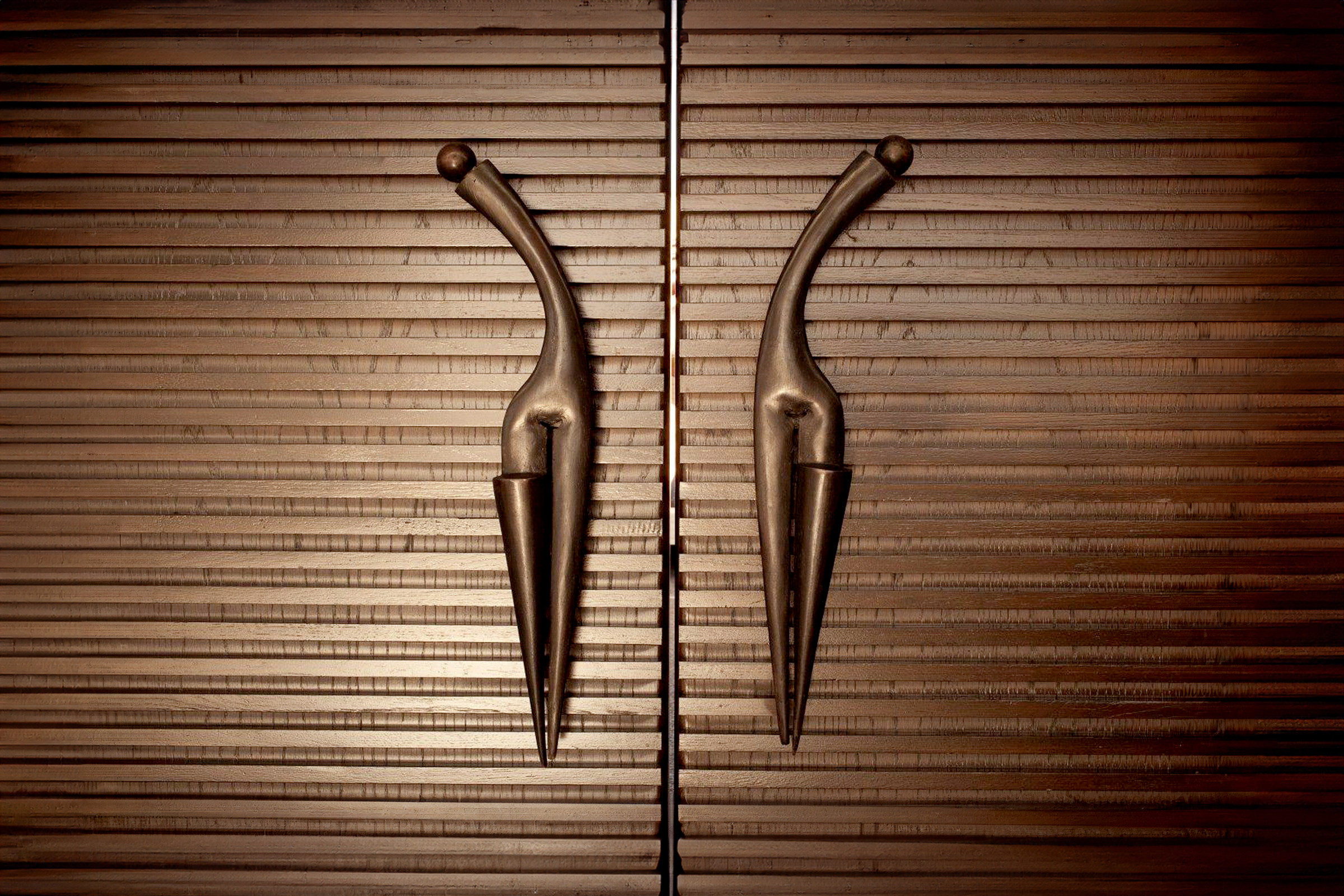
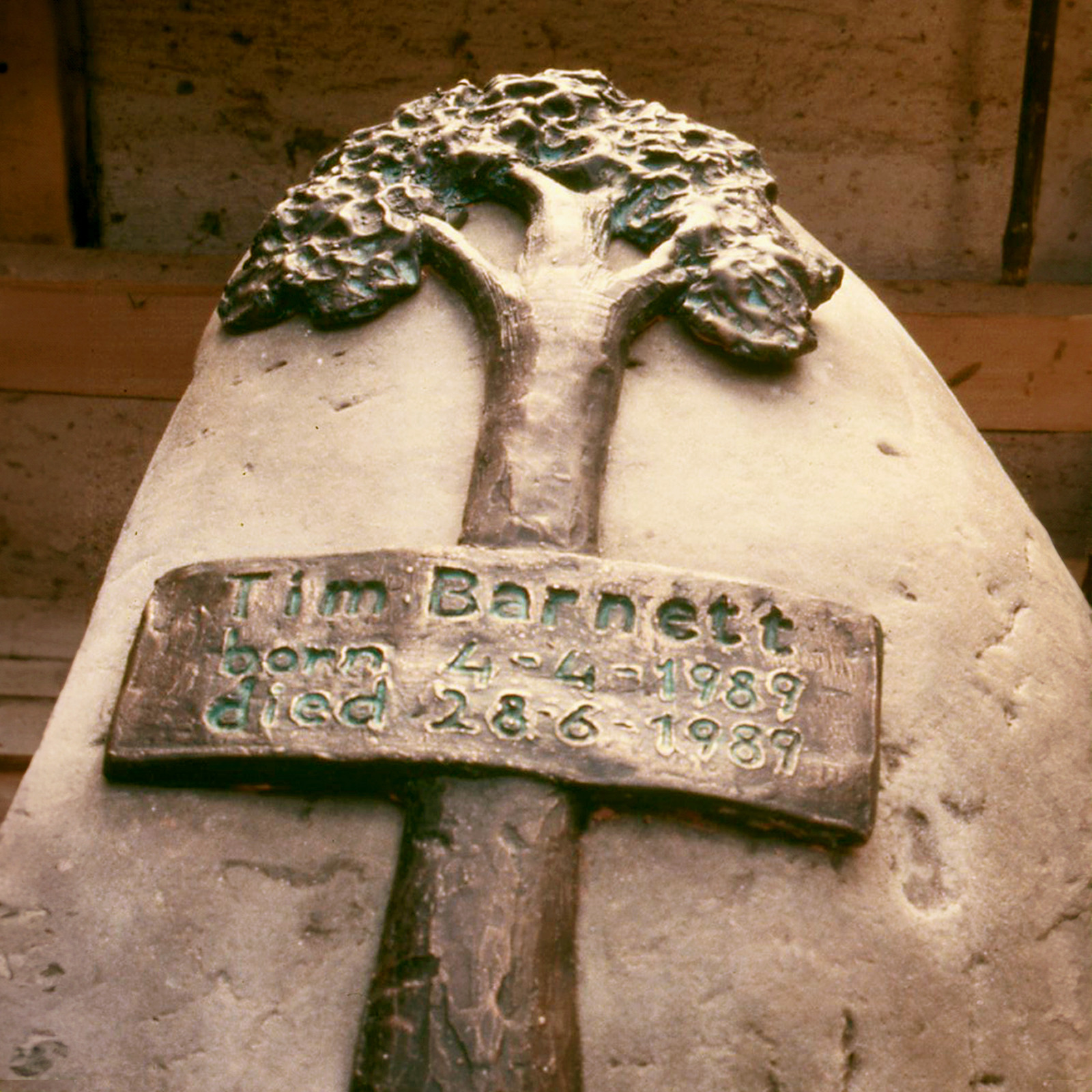
.... a conglomerate of odd jobs were taken on to supplement funds...
Project Works
In the early days, a conglomerate of odd jobs were taken on at the Dibble studio, as a means to supplement funds. These included architectural castings, trophies and plaques as well as various applied art jobs. The artistic component of this work varied greatly with the job, some of the projects were far more interesting than others, and they became fewer in number as Dibble’s art became more successful.
One of the earlier of these projects was in 1989. It was a commission to solve the problem of unsightly water marks dripping down a planter box outside the Health Department on Molesworth Street in Wellington. A series of oversized seashells were modelled and, once fixed onto the plaster surface, the water would vent through these structures, creating a successful drainage solution.
Some tasks were personalized items for friends and colleagues – a letterbox wall mount; a grave marker for a family friend’s baby; tributes to a lost father, comprising a simple depiction of a leaf falling about his name and dates.
There were several trophies, including a small huia feather mounted upright for Reel Earth Film Awards, and a commission of 100 small boot trophies for Skellerup (a New Zealand company known for its iconic “Red Band” gumboots).
A number of handrail castings were made for the Palmerston North City Library, and some handsome door handles made to match a large sculpture as part of a new building project.
In 1997 a series of drawings were scaled up and used as design work, sandblasted onto glass panels that functioned as internal separating screens. When the building was refitted 39 of the panels were donated to the Wellington Hospitals and Health Foundation, and installed in the new hospital.
One unusual commission involved making a holding system for a scaled down cricket bat: a signed limited edition run, modelled on Kiwi cricketer Martin Crowe’s hand (using a fast-setting dental molding compound).
And there were plaques – including one for the centenary of Palmerston North Hospital, and another for an ANZAC war memorial in Dargaville, featuring a donkey carrying a wounded soldier.
The projects varied, but they helped to build expertise and financial support for Dibble’s art to become centerstage.
